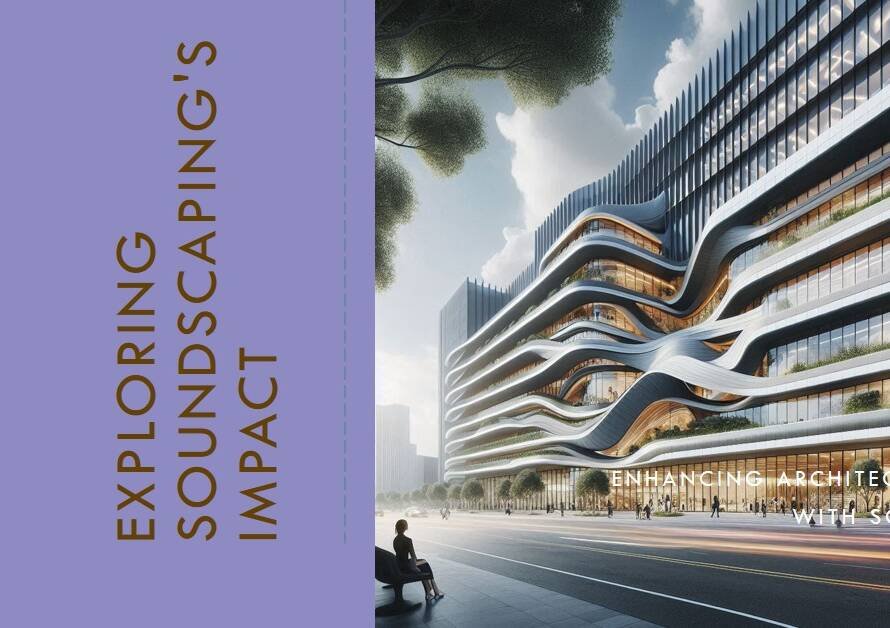
Table of Contents
- Introduction
- Understanding the Landscape Without Bushes
- Choosing Ornamental Grasses
- Incorporating Hardscaping Elements
- Utilizing Perennial Flowers
- Adding Water Features
- Embracing Groundcovers
- Using Vertical Gardening Techniques
- Integrating Decorative Trees
- Creating Functional Outdoor Spaces
- Experimenting with Edible Landscaping
- Conclusion: Crafting Your Unique Landscape
Introduction
Creating a stunning landscape without the use of traditional bushes presents a unique challenge that requires innovative solutions. With careful planning and creative design, you can achieve a garden that is both visually appealing and functionally effective. This blog post explores a range of techniques and strategies to craft a beautiful landscape without relying on bushes.
Understanding the Landscape Without Bushes
In traditional gardening, bushes play a pivotal role by providing structure, privacy, and year-round greenery. However, there are many reasons to explore alternatives. Allergies, maintenance concerns, or a desire for a more modern aesthetic can prompt a shift away from bushes. Understanding these motivations is the first step in creating a successful bush-free landscape.
By focusing on alternative plants, structures, and design elements, you can achieve a landscape that meets your needs and aesthetic preferences. This approach allows for greater flexibility and can lead to more innovative and personalized garden designs.
Choosing Ornamental Grasses
Ornamental grasses are an excellent alternative to bushes. They provide height, texture, and movement, contributing to a dynamic landscape. Grasses such as Miscanthus, Pennisetum, and Festuca come in various sizes and colors, making them versatile choices for any garden.
In addition to their aesthetic appeal, ornamental grasses are low-maintenance and drought-tolerant, which makes them an environmentally friendly option. They can also be used to create natural barriers or focal points within the landscape.
Incorporating Hardscaping Elements
Hardscaping refers to the use of non-plant elements in landscaping, such as stone, wood, metal, and concrete. By incorporating hardscaping, you can add structure and functionality to your garden without relying on bushes.
Pathways, patios, and retaining walls are practical hardscaping elements that define spaces and guide movement through the garden. Additionally, features like pergolas, arbors, and trellises can create vertical interest and support climbing plants, adding depth and dimension to the landscape.
Utilizing Perennial Flowers
Perennial flowers offer vibrant colors and a variety of forms that can replace the visual interest typically provided by bushes. Plants like Echinacea, Rudbeckia, and Hosta are excellent choices for adding color and texture to your garden.
These plants not only enhance the aesthetic appeal but also attract pollinators, promoting a healthy ecosystem. By selecting perennials that bloom at different times of the year, you can ensure continuous color and interest throughout the seasons.
Adding Water Features
Water features can serve as focal points and create a tranquil atmosphere in your garden. Ponds, fountains, and waterfalls introduce sound and movement, enhancing the sensory experience of the landscape.
In addition to their aesthetic benefits, water features can support local wildlife by providing a habitat for birds, insects, and amphibians. Careful placement and design of water features can also help manage drainage and water conservation within your garden.
Embracing Groundcovers
Groundcovers are low-growing plants that spread across the soil surface, providing a lush, green carpet. These plants, such as Thyme, Sedum, and Ajuga, are ideal for replacing bushes in areas where low maintenance and erosion control are desired.
Groundcovers are particularly useful for filling in gaps between larger plants or hardscaping elements. They help suppress weeds, retain soil moisture, and reduce the need for mulch, contributing to a sustainable landscape design.


Using Vertical Gardening Techniques
Vertical gardening involves growing plants upward rather than outward, maximizing space and creating interesting visual layers. This technique is especially useful in small gardens or urban environments where ground space is limited.
Structures like living walls, trellises, and hanging planters can support a variety of plants, from flowering vines to edible crops. Vertical gardens can also improve air quality and provide insulation, enhancing both the aesthetic and functional value of your landscape.
Integrating Decorative Trees
Trees can serve as the backbone of your landscape, providing height, shade, and seasonal interest. When choosing trees to replace bushes, consider their mature size, shape, and growth rate.
Deciduous trees like Japanese Maple or Dogwood offer stunning foliage and flowers, while evergreen trees such as Spruce or Pine provide year-round greenery. Proper placement of trees can create natural screens, focal points, and habitat for wildlife.
Creating Functional Outdoor Spaces
Functional outdoor spaces, such as seating areas, outdoor kitchens, and fire pits, can enhance the usability of your garden. These spaces encourage outdoor living and provide areas for relaxation, entertainment, and dining.
By incorporating comfortable furniture, lighting, and decorative elements, you can transform your garden into an inviting extension of your home. Thoughtful design and placement of these spaces ensure they blend seamlessly with the overall landscape.
Experimenting with Edible Landscaping
Edible landscaping combines aesthetics and functionality by incorporating food-producing plants into your garden design. This approach not only provides fresh produce but also adds color and texture to the landscape.
Fruit trees, berry bushes, and vegetable gardens can be integrated with ornamental plants to create a visually appealing and productive garden. Edible plants can be grown in traditional garden beds, containers, or vertical gardens, offering flexibility in design.
Conclusion: Crafting Your Unique Landscape
Creating a landscape without bushes requires creativity and thoughtful planning. By exploring alternatives such as ornamental grasses, hardscaping, perennial flowers, and water features, you can design a garden that is both beautiful and functional. Embracing groundcovers, vertical gardening, and edible landscaping further enhances the diversity and sustainability of your garden.
Incorporating these innovative solutions allows you to craft a unique landscape that reflects your personal style and meets your practical needs. Whether you aim for a modern, minimalist garden or a lush, vibrant retreat, the possibilities are endless when you think beyond traditional bushes.


